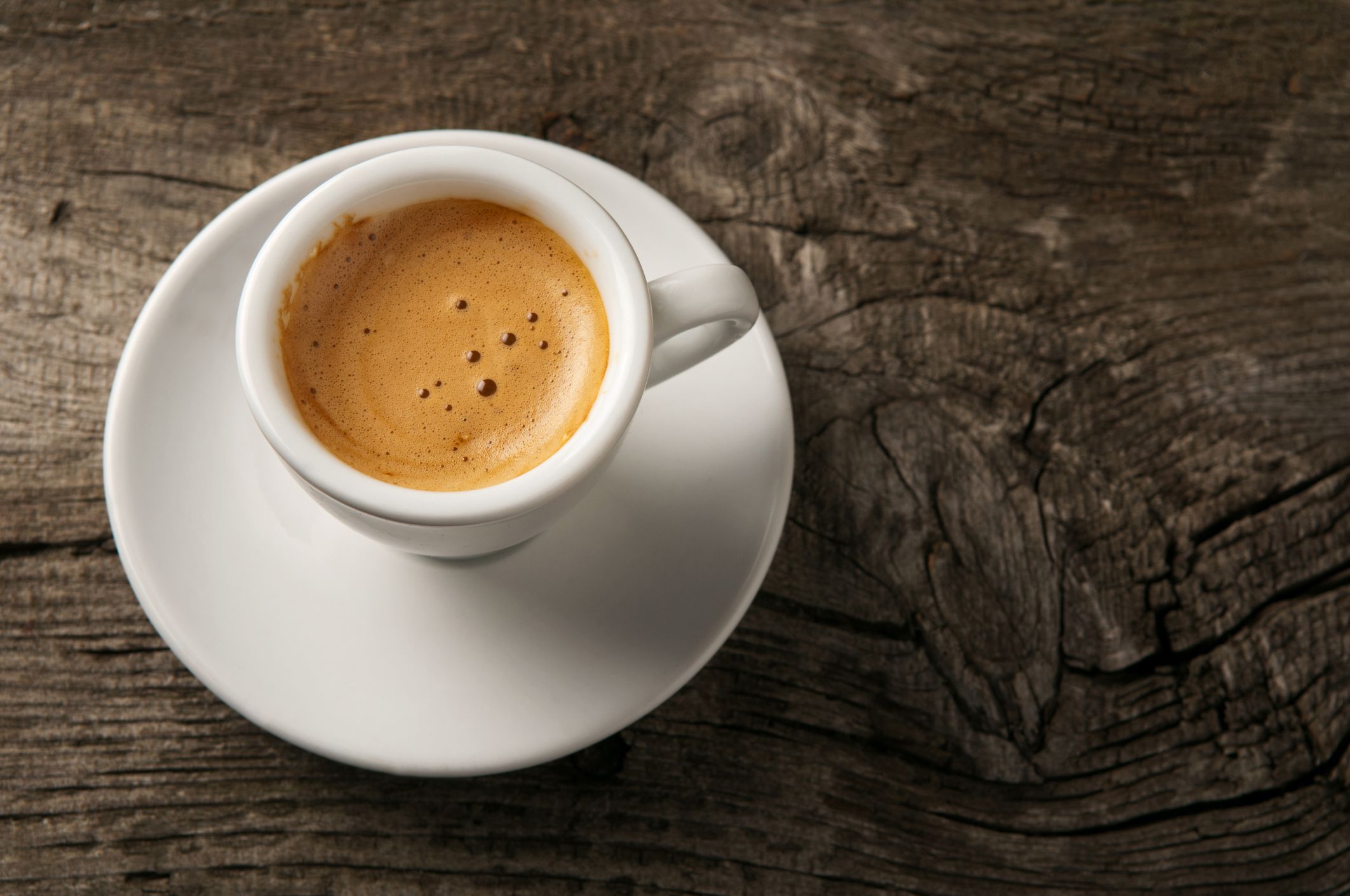
Espresso is the basis for most of the coffee and milk based beverages on the menu. The material costs are around 15 cents to make a shot of espresso, and about 35-40 cents to make a latte, cappuccino or mocha ? Naturally, equipment, staffing and location add a lot to the expense, however the low consumable costs vs. high retail prices are among the primary factors numerous coffee shops are emerging in the areas across America.
Follow the link for the full article read more.
This guide offers the useful details needed for you to select the right espresso equipment for your home, workplace, or business. Without a solid knowledge of the various espresso makers, the decision procedure might be somewhat overwhelming and confusing just due to the reality there are many designs to select from. This guide is not very brief, but investing the time to read it will greatly improve your purchasing experience.
Espresso is merely another approach by which coffee is brewed. There are various ways of brewing coffee that consist of the use of a range top coffee machine, percolator, French press (or coffee press), vacuum pot and others. Espresso is brewed in its own special way.
Espresso is a beverage that is produced by pushing warm water, between 192F and 204F, at high pressures, through a bed of carefully ground, compressed coffee. A regular single is roughly 1 to 1.5 ounces of beverage, using approximately 7grams (or 1 tablespoon) of ground coffee. A regular double is between 2 and 3 ounces, using double the volume of coffee premises. The shot is brewed for around 25 to 30 seconds, and the exact same time applies to both a double or single shot (double baskets are bigger, with more screen area, and the coffee streams faster - single baskets limit the flow more, causing 1.5 ounces in 25-30 seconds).
An espresso machine brews coffee pushing pressurized water near boiling point through a "compacted disk" of coffee grounds and a metallic screen in order to make a syrupy, concentrated coffee named espresso. The first machine for preparing espresso was developed and patented in 1884 by Angelo Moriondo of Turin, Italy. Check this Twitter Moments collection for an in-depth introduction to the espresso machine.
⚡️ “How to Choose an Espresso Machine” by @coffeeblogger1 https://t.co/sTC6SIx6Yw
— Coffee Lover (@coffeeblogger1) February 28, 2021
The resulting beverage, either a single or a double, is topped with a dark golden cream, called crema when brewed properly. Crema is among the visual indicators of a quality shot of espresso. Consuming an espresso remains in itself an art type of sorts. In Italy, where most real espresso is bought in a cafe, it is customary to lift cup and dish, smell the shot, and consume it in 3 or 4 fast gulps. You complete the "ceremony" by clacking the cup back on the dish in a firm but not-too-hard manner.
Espresso is confusing because typically, it isn't ready properly. True espresso, brewed with a pump or piston driven espresso maker is really requiring on the poor coffee bean grinds. However prior to we enter into the relative 'torture' that ground coffee is executed to produce an exceptional espresso, let us take a step back and discuss a bit more the misunderstandings about the drink.
Espresso is not a kind of bean: This is a typical misunderstanding, and unreliable marketing by coffee chains, supermarket, and even word of mouth give the impression that espresso is a type of bean. Any coffee bean can be used for espresso, from the most common Brazils to the most unique Konas and Ethiopian Harar coffees.
Espresso is not a kind of coffee blend: This one is likewise a common misunderstanding, but with some fact to the claim in that there specify blends developed for espresso. The issue is, many individuals believe there is only one kind of blend that is matched for espresso. Many high quality micro roasters would disagree with this - Roaster Craftsmen the world over work vigilantly by themselves version of "the ideal espresso blend".
Espresso is not a Roast Type: Another popular mistaken belief is that espresso can just be roasted one method (and normally the thought is that espresso needs to be very dark and glowing with oils). The Northern Italian method of roasting for espresso is producing a medium roast, or more commonly understood as a "Full City" roast if you like on the west coast of the U.S.A..
Espresso is the basis for most of the coffee and milk based drinks on the menu. Espresso is a beverage that is produced by pushing hot water, between 192F and 204F, at high pressures, through a bed of finely ground, compressed coffee. Real espresso, brewed with a pump or piston driven espresso maker is very requiring on the poor coffee bean grinds. Espresso is not a type of blend: This one is also a common misconception, however with some reality to the claim in that there are particular blends created for espresso. Espresso is not a Roast Type: Another popular mistaken belief is that espresso can just be roasted one method (and typically the idea is that espresso must be very dark and sparkling with oils).
The full tutorial, and more espresso preparation information at Coffee-Brewing-Methods.com